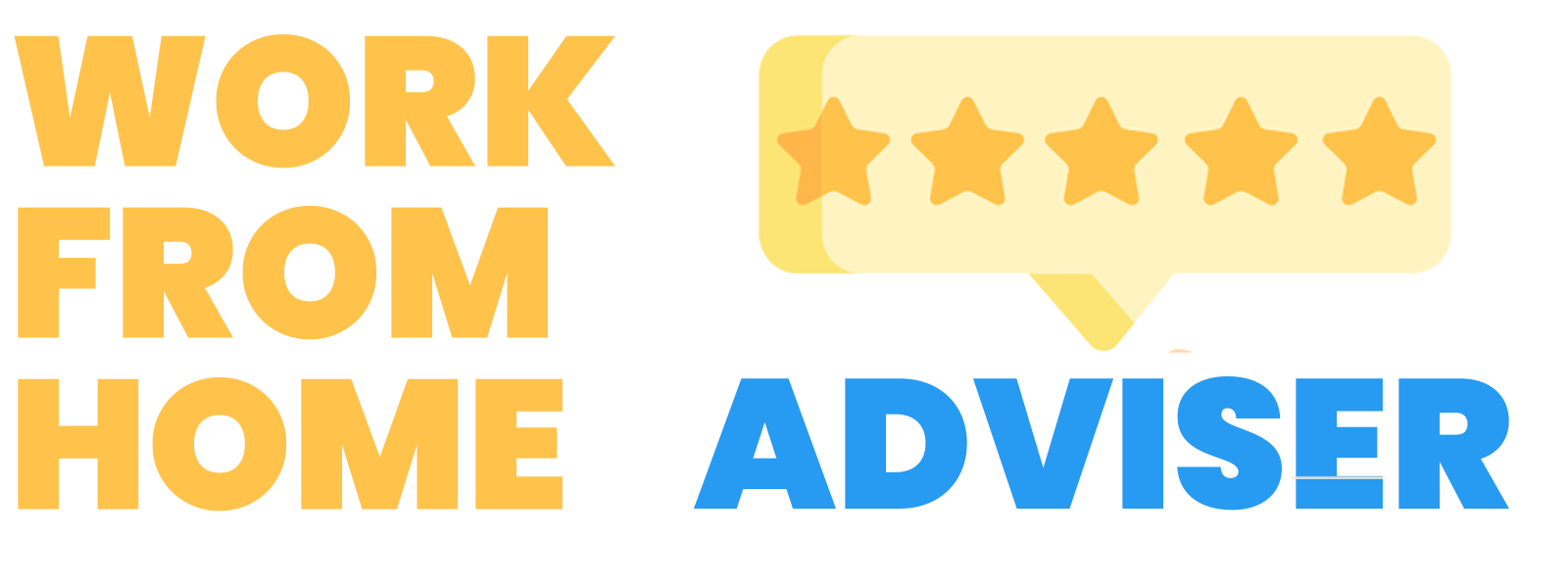Remote work is here to stay, but many businesses and individuals are still trying to find their way in the virtual landscape. Not having a place to go and people to turn to from your office chair is proving to be tough for some.
Working days feel less structured, and so do entire projects. Don’t even start about communication. What’s with all these back-and-forths? Is there a maximum length for email threads? What does CC even stand for?
Take a deep breath, and create a statement of work. It’s the way to go if you want to work more efficiently, collaborate better and communicate less—but with more meaning.
Statements of Work are one of the most underrated tools in project management. Yet, they can be especially helpful for teams who work remotely.
We’ll dive into what a good Statement of work looks like and why your WFH team should start using them, stat.
What is a statement of work?
Don’t confuse a SoW with a scope of work, or even a good old project plan. With a Statement of Work, you lay out in great detail how a project will be carried out.
It covers things like work requirements, deadlines, who’s doing what and the budget. It’s not only used internally to communicate with your team, but your client should also get a copy.
Why are SoWs important for remote teams
There’s something about working from your kitchen table, surrounded by toys and take away, that makes it hard to focus on the project in front of you. Working remotely makes it harder to ‘’see’’ the project in front of you. Communicating can be challenging, you don’t really see what people are working on at the moment and in that chaos, a lot of time can go to waste.
Statements of work help you deal with those challenges, and benefit not only your employees, but also your business and clients. Here’s why.
1. Statements of Work make for better communication
A distracting environment like your own home. A lack of structure. Slow response times, meaning you’re stuck on a task. Communication is tough, but remote teams really face some challenges.
Instead of short Slack’s or email threads about the who and what again, people can dive right into the SoW to see who’s responsible for what and when.
You can then use the moments that you do need to communicate directly for more valuable conversations that actually improve the project’s outcome, instead of going over the process again.
This betters communication between team members, but also between stakeholders and the client.
2. It helps structure other parts of your project plan
For remote teams, structure is incredibly important. It helps people work individually. They don’t have to wait for someone else to sign on in a different timezone to be able to continue. For timelines like that, you’ll need a great project plan.
A statement of work is written before the actual project plan. That means it will be easier to create the actual project plan, because there’s already a blueprint of who’s available when, and what needs to be done. Basically, the project plan becomes a fill-in exercise with parts of your SoW.
3. A SoW can even save you time
Better communication, a groundwork for your plan and less going from pillar to post—a SoW will definitely save you time.
Sure, the first time around you will need to invest some time to create it, but once you get a hang of it, you’ll become faster at it. But you’ll be more organized once the project starts, which will pay off and help you reach those deadlines with ease.
4. Working with SoW’s helps you get a grip on resources
If you make a habit out of creating a SoW before starting a project, you’ll notice over time that you’ll get a better idea of what resources you will need for a project. From hours worked to creative brains used up—your remote team will be grateful. That means cutting costs and sending over more accurate costs to maximize your margins.
5. It creates transparency, and then trust
Both your employees and clients will love that. If you’re transparent about the way things work, there’s no room for speculation from any of the parties involved. This type of openness will help you build trust and become a partner that clients will come back to—and that employees like working for.
6. It sets boundaries
Boundaries: a big topic for remote workers. It can be tempting to quickly reply to that question, do a little extra, or stay online a little while longer. But ultimately, enough should really be enough. A Statement of Work helps set the necessary boundaries of who needs to do what. It’s a great tool that people can refer to when they’re being asked or expected to do more than was agreed on.
8. It helps you mitigate risks
Know what you’re getting yourself into by creating a SoW. It’s like taking a peek into the future: what challenges will arise? What will you need? Will you even be able to deliver all that?
With a SoW, you map out all those things, so you can see bottlenecks before you’re in them. That way, you can get the right resources on board without having to make any last-minute changes.
How to create an effective SoW
Can you totally see how your team would benefit from working with statements of work, but do you have no idea where to start or how to make one? Here are some tips on what to include and how to execute it perfectly.
Who creates an SoW?
First things first: project management documents like Statements of Work are something that concern the entire team, including the client. So, if you want to create a SoW that works for everybody, get all parties involved. That doesn’t mean you have to write it together—that’s the project manager’s job—but make sure everyone reads it before it gets approved.
What should you include in a Statement of Work?
No need to reinvent the wheel, there are plenty of templates that will help you cover all aspects of a Statement of Work. This is what you can expect:
- Basic information on the project. Dates, client names and of course who is involved.
- A project outline that briefly describes the process and the outcome.
- Background information that the people working on it should be aware of.
- A purpose statement: what is the purpose of the project, and why does the project need to be carried out?
- Scope of work and timelines.
- A breakdown of tasks and who is responsible for them.
- Budget and payment information.
- Guidelines of communication.
- What to do in case something needs to be changed.
- Project closure protocols.
- Acceptance criteria and authorization documents.
- And specific terms and conditions.
Use simple, clear language
A SoW is created to help people, not to impress them with jargon. It’s meant to simplify things, which requires simple language. Otherwise, your SoW can have the complete opposite effect on your project than what you were hoping for.
Don’t get too lost in details
Sure, a Statement of Work requires some level of detail to avoid misunderstandings and miscommunication, but don’t dive too deep. The document should still be readable and not too lengthy, and it should be easy to find things in it.
You can assume that you don’t need to explain how certain specific tasks need to be done to your employees—they probably know how.
Strike the right balance between specific and open-ended
If you ask us, one of the most difficult parts of writing a great SoW is striking the right balance between detail and length. Because your SoW may be included as part of a large piece of documentation (like a project plan), it’s a good idea to keep it as concise as you can. A few pages is ideal when possible.
Know what to do when plans change
Sometimes, projects take a whole other turn when you’re a few weeks or months in. Based on what you learn along the way, there might be a need for modifications. If you started out with a SoW, don’t just let it go completely and freestyle from that point on.
Instead, set up clear criteria on how to handle changes, and modify the SoW accordingly. That way, no time was wasted on creating the SoW, and you hold on to the structure you created for your team.
Give your WFH team the gift of structure
A statement of work is one of the many ways in which you can oil the machine that is your remote team, and it helps you establish better relationships with your clients. If you take anything from this, it is that more communication isn’t always better and can be incredibly time-consuming. A Statement of Work will help you prevent that and allows for more meaningful conversations.






